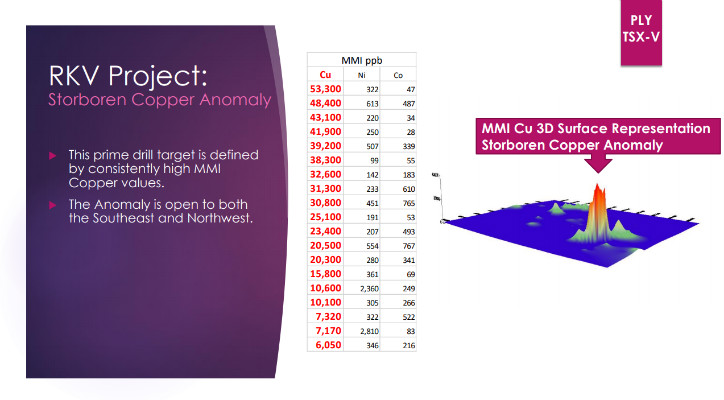
Click here
https://youtu.be/Kg5KUrLXFgM
In this exclusive, we sit down with Dr. John-Mark Staude the CEO of Riverside Resources as the company has just successfully consummated a Definitive Option Agreement the Los Cuarentas Gold Silver Project to Hochschild Mining PLC. This is quite an accretive transaction demonstrating both the geological and business acumen of Riverside Resources. The terms are quite impressive with a 2 phase earn-in option agreement worth $11 Million with an added buyout of an additional $20 Million with a 1% NSR.
Los Cuarentas is a former near-surface underground gold mine that has features similar to nearby low sulfidation epithermal Au-Ag operations of Premier Gold Mines, Silvercrest Metals, and First Majestic Mining. These characteristics of the gold-silver deposits found at Los Cuarentas include strong argillic and phyllic alteration surrounding low sulfidation epithermal vein systems that host the gold and silver mineralization. The Project is located in northeastern Sonora, Mexico, and 17 km northwest of SilverCrest Metals’ Las Chispas deposit and 15 km northeast of Premier Gold’s Mercedes Mine, which produced 59,901 oz Au and 191,306 oz Ag in 2019 with Premier expecting increased production and lower costs in 20201. The Los Cuarentas Project produced in excess of an estimated 100,000 ounces of gold from historical mine operations during the 1950s.
Riverside completed two sampling programs in 2020 with compelling gold results: including highlights of 25.7 g/t, 18 g/t, 12.3 g/t, and 7.3 g/t Au (see press releases, January 20 & April 21, 2020). Three well-defined drill targets have been developed and a drilling permit has been approved for further exploration and drilling at the Project. The Project can move forward quickly now with Hochschild secured as a partner and has good access from dirt roads leading off of the main paved roads of Sonora, Mexico.
Rick Rule is a long-term shareholder, and with the gold price surging the time is perfect. And you enjoy silver stacking you should consider the merits of becoming a shareholder of RRI has they generative projects focused on gold, silver, and copper. We are proud shareholders of RRI and they are sponsors of Proven and Probable for the virtues conveyed in today’s interview. Website: https://www.rivres.com/




